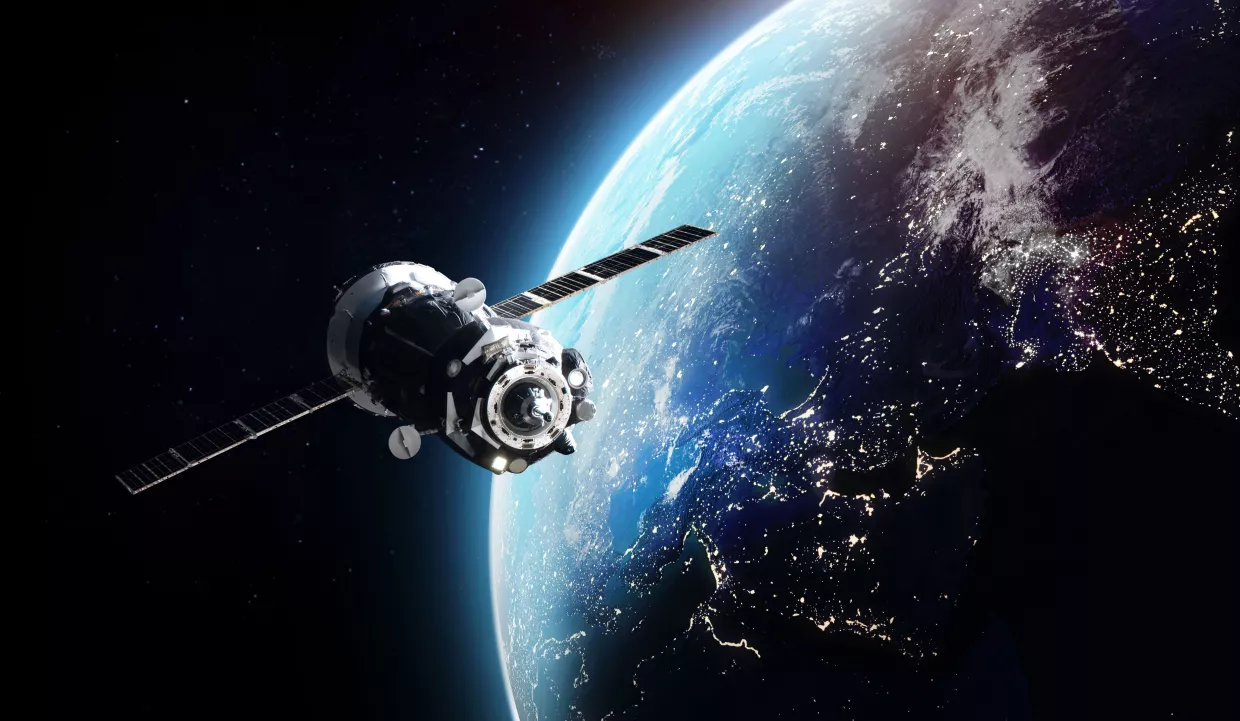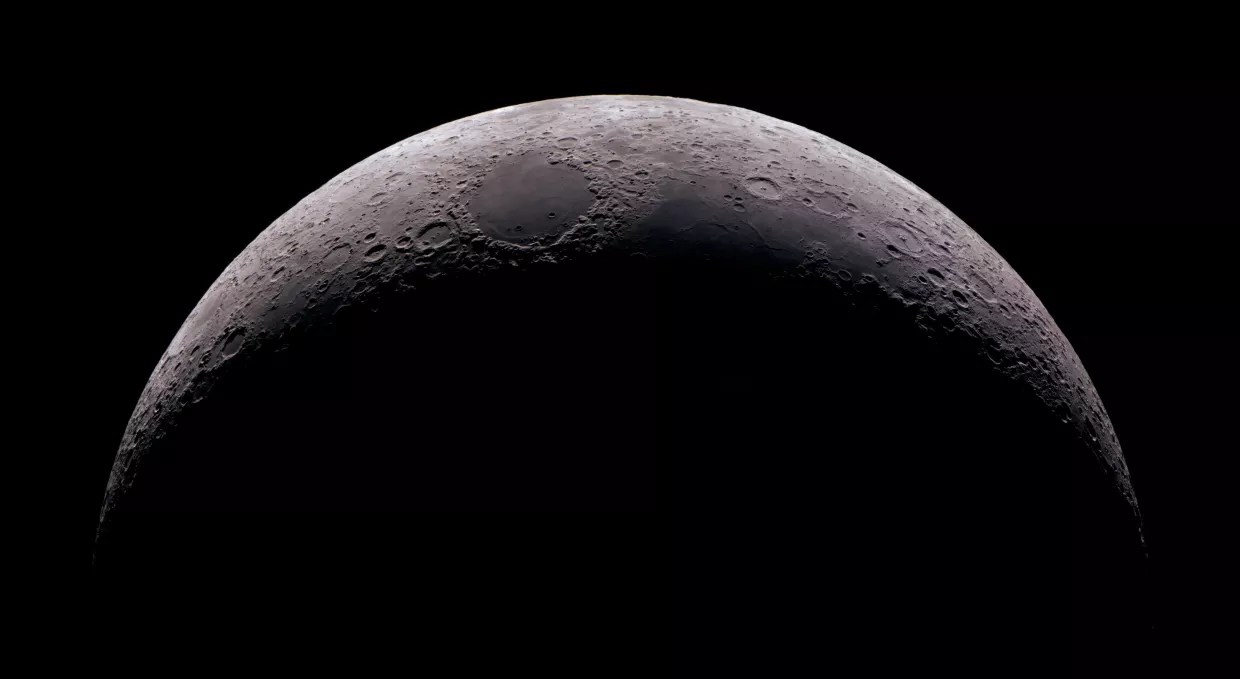
Introduction
On August 13, the White House released an executive order on Enabling Competition in the Commercial Space Industry. Broadly, the order proposes to increase commercial launch cadence and “novel space activities” over the next five years by streamlining license and permit approvals, reducing the burden of environmental assessments on launch and reentry permits and both federal environmental law and local regulation on spaceport infrastructure development. In the context of this deregulatory push, the decision to name the Secretary of Transportation as the Acting NASA Administrator could be fortuitous. The FAA is responsible for regulating commercial space transportation as well as commercial aviation. As the Administration continues to focus on building capacity within commercial space, unifying oversight of both government and commercial space activities has the potential to support easier coordination between the two agencies and prove more effective in addressing novel space activities.

Regulation of Novel Space Activities
Attempts to simplify the regulatory regime for commercial space are not new. The need for improved regulation for novel space activities was addressed just two years ago in the Biden administration’s 2023 Novel Space Activities Framework. Similar to the 2023 proposals, the August EO called on the Secretary of Commerce to reform “novel space activity authorization” by proposing a new process for mission authorizations.
But what constitutes “novel” space activities? In this case, the White House is not referring to advanced propulsion or new NASA-provided habitats—it is directed at a new class of commercially-provided in-space services that will support the long-term sustainability of exploration spaceflight. The order specifically calls out novel uncrewed activities that are covered by Article VI of the Outer Space Treaty, but that lack clear governance under US regulation.
In case you have not memorized the Outer Space Treaty Article VI addresses the activities of non-governmental entities in space. Conceived at a time when fully private or commercial spaceflight did not exist, the Outer Space Treaty foresaw only government-sponsored spaceflight activities. Article VI allocates responsibility to states for assuring that non-governmental entities comply with the Treaty and requires that the states provide “authorization and continuing supervision” to the non-governmental entities. Put simply, the country to which the non-governmental entity belongs is responsible for the entity’s outer space activities.

Defining Novel Space Activity
What kinds of activities might fall into this lacuna—subject to the Treaty but lacking clear governance in US Law? Over the past 60 years, there have been fundamentally three types of space activity regulated by the US:
- launch and reentry of rockets, both crewed and uncrewed, which is governed by the FAA (Federal Aviation Administration);
- commercial satellite communications: regulated by the FCC (Federal Communications Commission); and,
- remote sensing satellites, licensed by NOAA (National Oceanic and Atmospheric Administration). What is not clearly regulated is an expanding class of in-space activities which will be largely performed by commercial actors.
Examples of this new type of in-space activity include:
- in space service and assembly, such as a company that sends a robot to assemble, repair, or refuel a satellite;
- orbital debris removal, like capturing dead satellites or debris and destroying or deorbiting it;
- in-space resource utilization (ISRU), which includes things like mining water ice on the moon or extracting minerals from asteroids;
- in-space manufacturing, such as companies producing drugs or tissues for return to the Earth, or parts to use in space; and,
- novel types of orbital constellations like autonomous micro-satellite swarms. Examples including human activity—not covered by the EO—include privately operated habitats, tourist hotels, and research platforms, either in space or on the lunar surface.
Why Are Rhese Activities Not Clearly Covered by Current U.S. Regulations?
On orbit servicing and repair doesn’t fall under any of the current categories of regulated activities, it’s not a launch, not communications, and not earth imaging. There is no single agency clearly tasked to regulate the removal of on-orbit debris and there is no current licensing process for ISRU and mining. Uncrewed privately operated space stations and platforms have unclear licensing requirements.
Novel Space Activities in Practice
These examples are not speculative. In recent years, several commercial missions have tested the US licensing and regulatory regime. In 2019 and 2020, Northrup Grumman launched Mission Extension Vehicle 1 (MEV-1) and 2 (MEV-2) to service and fuel an aging communications satellite; MEV-1 successfully undocked in April 2025 ending its first ground breaking mission. While the FAA licensed the launch, there was no process for licensing the rendezvous, docking and servicing. A year later, Astroscale’s ELSDA-d Mission demonstrated a capability to dock with and remove orbit debris, but there is no single US Agency with authority or processes to authorize and supervise debris removal. In 2024, Flawless Photonics manufactured fiber optic cables on the ISS and plans to develop commercial in-space manufacturing platforms. There is no federal regulatory mechanism for authorization and oversight of these activities.
Finally, looking slightly into the future, private companies like Moon Express are planning to mine the Moon and asteroids for water and minerals. While the Title IV of the U.S. Commercial Space Launch Competitiveness Act of 2015 authorized ownership rights over extracted resources, there is not a regulatory process for licensing and oversight of off-earth mining, including things like safety, planetary protection, and compliance with international obligations.

Looking Ahead
The EO is a step forward in acknowledging the United States’ obligations under the Outer Space Treaty, and the reality that when we operate in space, whether the activities are led by the government or private actors, there is a need for an updated regulatory framework. There are terrestrial analogs for these novel activities, so improved clarity in regulations might include extending existing frameworks to space environments rather than inventing entirely new authorities. Finally, clarifying the US regulatory framework will be a helpful step forward, but it might be time to rethink the international framework for space exploration and create a regime that recognizes the changing face of space exploration—one that is increasingly comprised of commercial actors. It will be interesting to see what the newly united NASA and DOT leadership does with its new mandate.
Sign up for updates about the ETSAGP Program's research and events.
Program, Experts from the Tech and Geo. “Explainer: Novel Space Activities in the Executive Order on Enabling Competition in the Commercial Space Industry.” September 15, 2025





